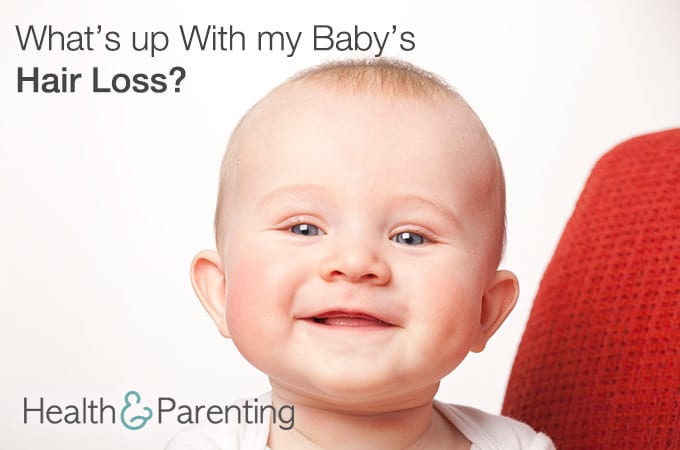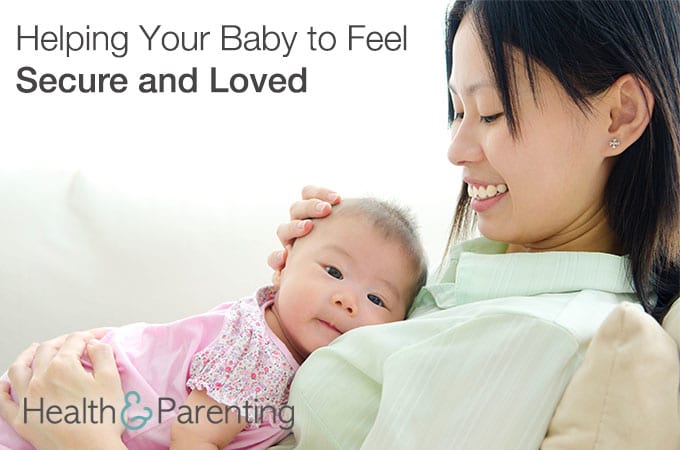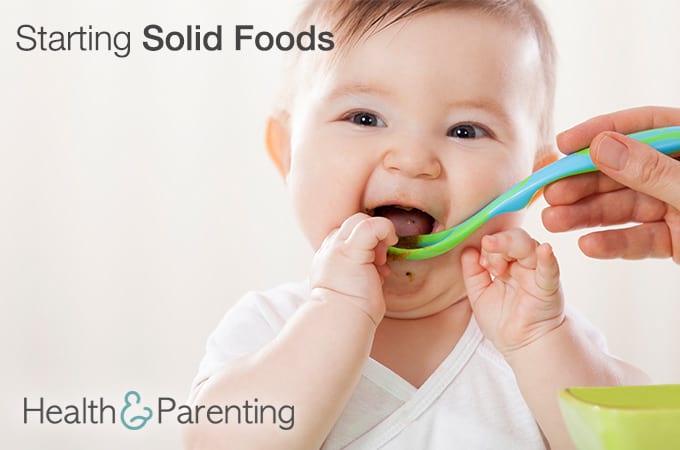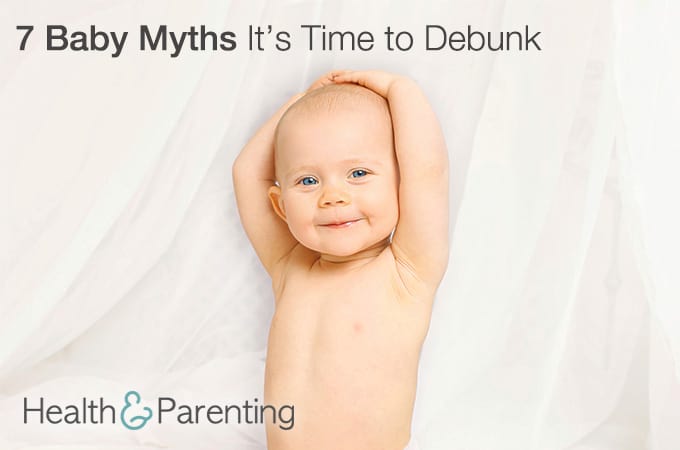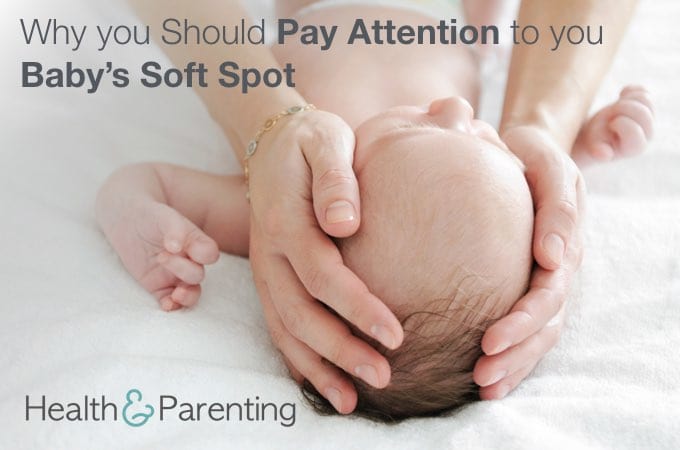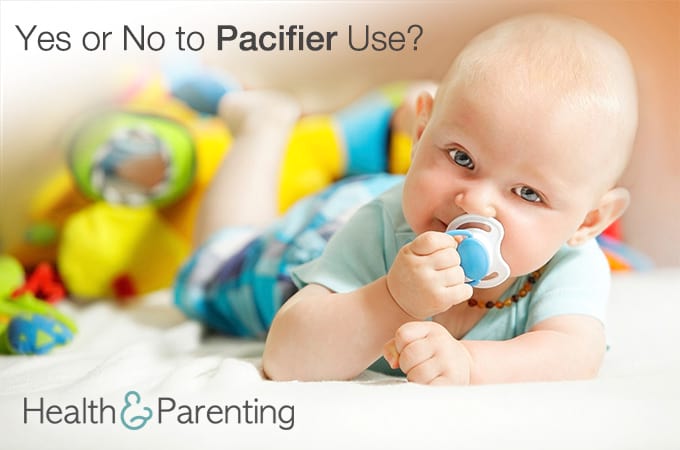Some babies are born with a head full of hair while others are bald as a cue ball. Even if your baby was born with a lot of hair, don’t be surprised if it starts to fall out. Some babies have hair loss the first few months after they are born. But don’t worry. Newborn hair loss is usually considered normal.
If your baby arrived with a full mane and it starts to fall out, it may be due to a drop in hormones. Hormones play a role in how our hair grows and falls out. Remember, hair goes through a growth and resting cycle. When it’s in the resting stage, some hair sheds daily. But pregnancy hormones helped prevent normal hair loss. So your hair may have become thicker during pregnancy. Those same hormones affected your baby’s hair growth.
But after your little one was born, his hormone levels dropped, which means your baby’s hair may have stopped growing as fast. Plus, the hair that is in the resting phase may fall out. This phase is referred to as telogen, and it’s only temporary.
You might also notice bald spots on the back of your baby’s head. Babies often spend a lot of their time lying on their back, which may contribute to bald patches. While you still want to put your baby to sleep on her back for safety, make sure she gets plenty of tummy time, so your baby’s head is in a different position. Plus, tummy time is good for her overall development.
If your baby’s hair has fallen out or thinned, it usually grows back by about nine months to a year. But since hair growth patterns can vary, it could take a bit longer in some cases. If your baby’s scalp is soft and looks healthy with no redness or oozing, it’s probably just a matter of time before her locks grow back. Talk to your doctor if your baby’s hair has not started to grow by about a year or is still very sparse at two years.
Keep in mind, your baby’s hair may grow back a different color or texture. So don’t be surprised if your little one was blond and by his first birthday is sporting a different hair color.
Remember, your baby’s hair is very delicate, which is why it feels so soft. Although it’s fine to wash and comb your little one’s locks, use a mild shampoo and soft brush.
If you’re wondering what you can do about baby hair loss, the answer is not much. Attempting a baby comb-over probably won’t work. The good news is your baby’s locks will grow back and eventually she’ll have a full head of hair. In the meantime, enjoy the easy maintenance of her no-fuss do.
Written by MaryAnn DePietro @writerlady34
This information is not intended to replace the advice of a trained medical doctor. Health & Parenting Ltd disclaims any liability for the decisions you make based on this information, which is provided to you on a general information basis only and not as a substitute for personalized medical advice. All contents copyright © Health & Parenting Ltd 2016. All rights reserved.

